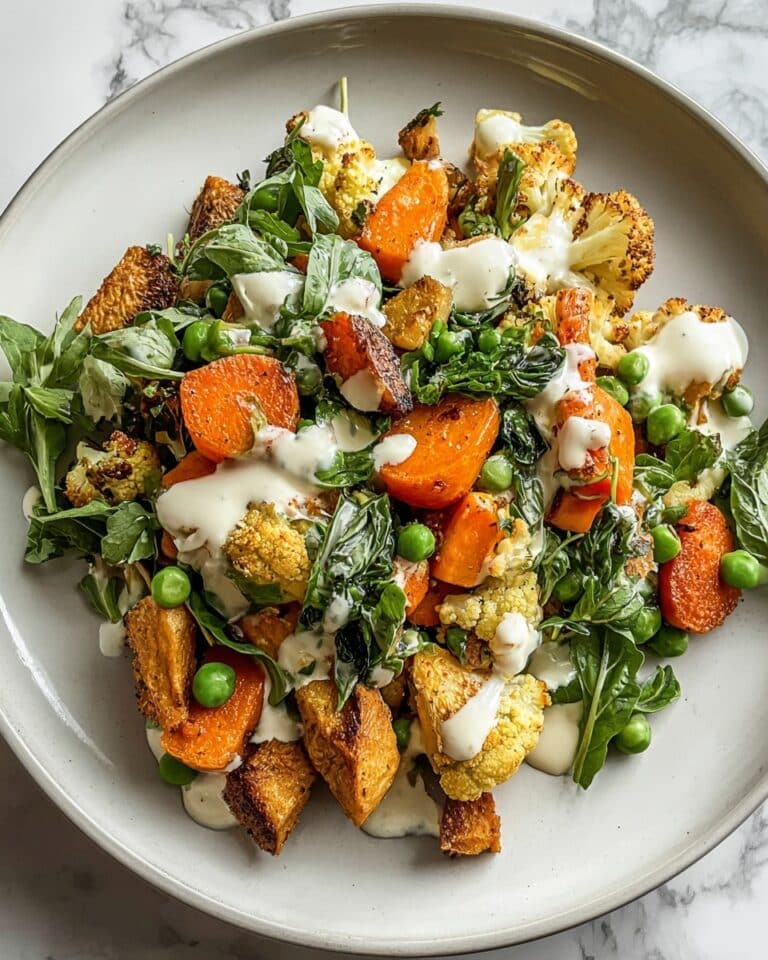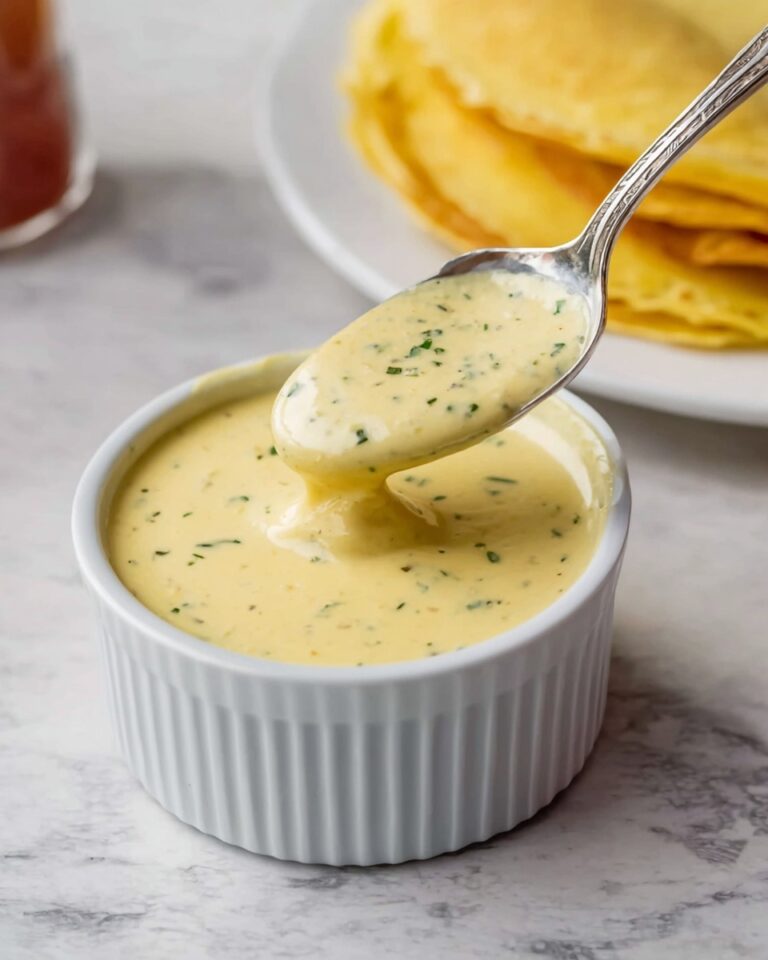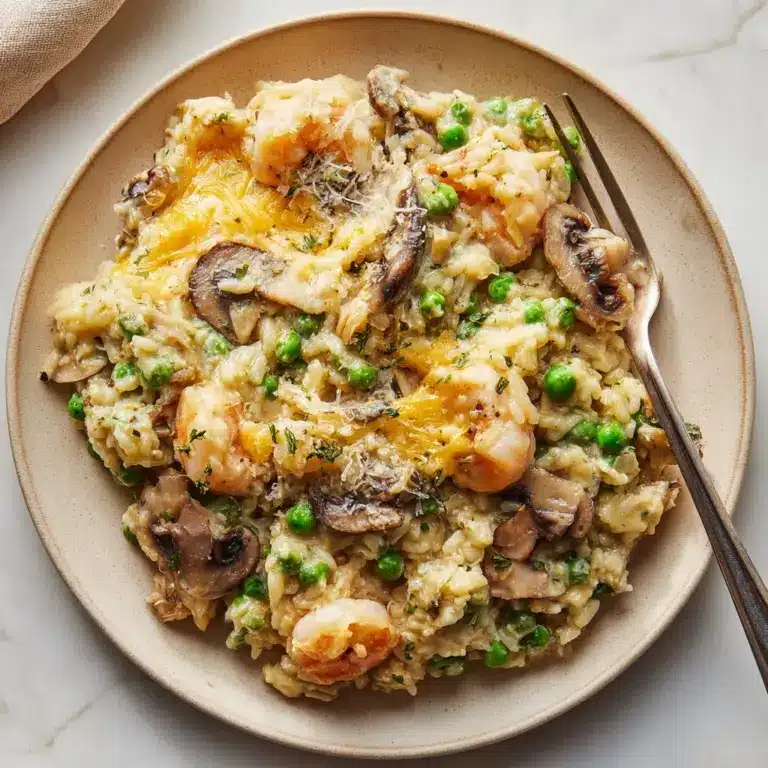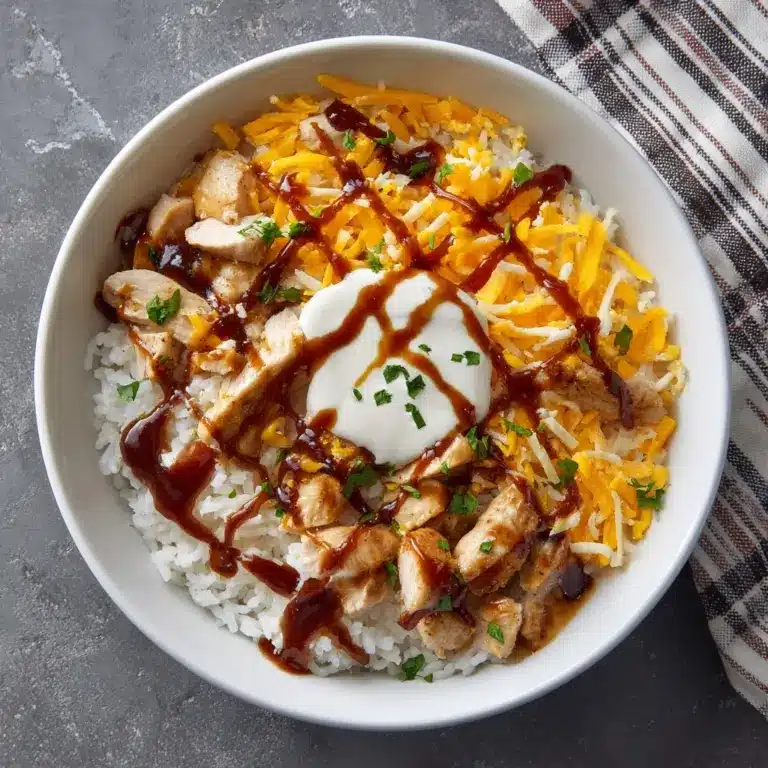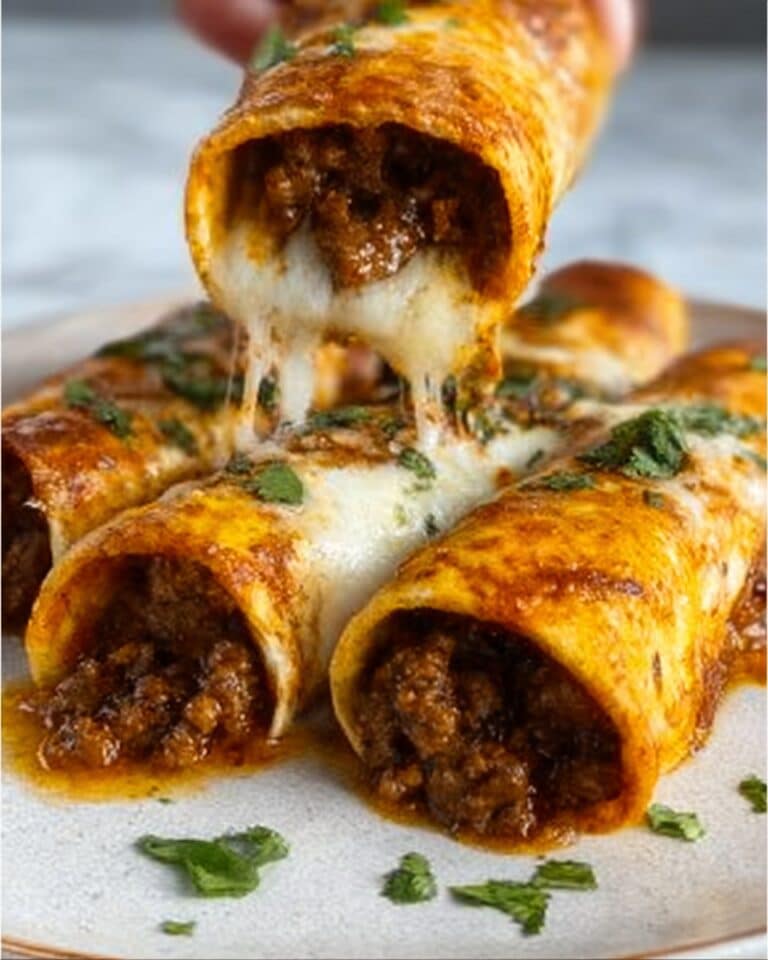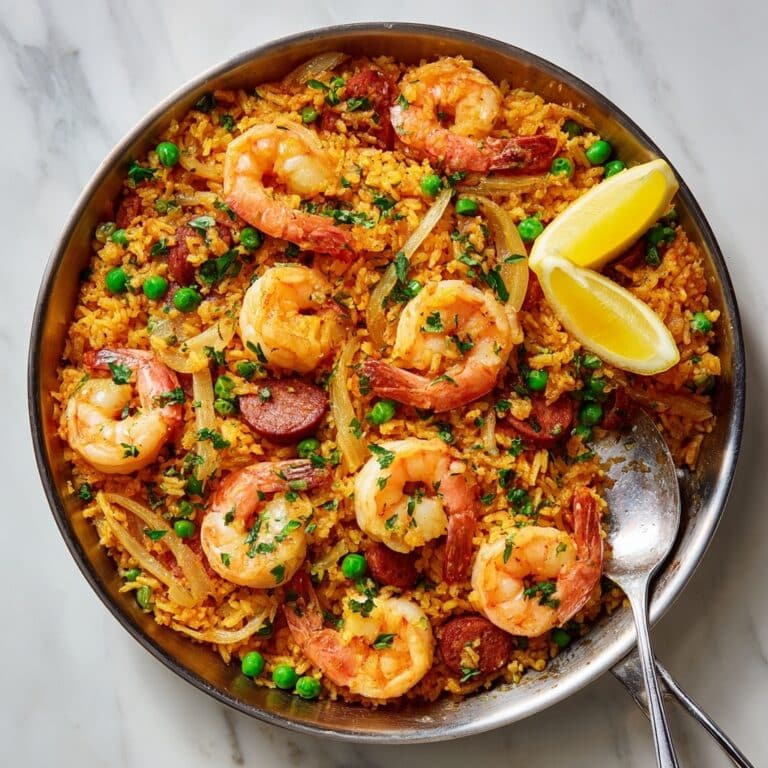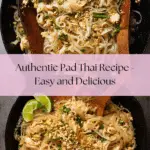Pad Thai Recipe
Pad Thai is a legendary Thai noodle stir-fry that delivers a dazzling combination of sweet, sour, and savory flavors in every addictive forkful. With wok-tossed rice noodles, succulent chicken, tender-crisp vegetables, and a glorious mix of peanuts and lime, this dish is an instant mood-booster—whether you’re craving a quick weeknight dinner or aiming to impress friends at your next gathering. Sharing my favorite Pad Thai recipe with you feels like letting you in on a secret: it’s simpler to make at home than you might imagine, and the results always brighten the table!
Ingredients You’ll Need

Ingredients You’ll Need
Gathering these ingredients is half the fun—each one is essential, playing a unique role in building the iconic layers of taste and texture that make Pad Thai unforgettable. Here’s what you’ll need, plus a quick tip or two for each:
- Chang’s Pad Thai dried rice sticks: These are the canvas of the dish—you want medium width for that classic chewy texture.
- Tamarind puree (not concentrate): This brings Pad Thai its signature tang; if you can’t find it, try to source online or at Asian grocers for the best flavor.
- Brown sugar (packed): Adds deep caramel sweetness to balance the tangy and savory notes.
- Fish sauce: Provides that famous salty, umami punch that screams authentic Thai.
- Oyster sauce: Rounds things out with a luscious, glossy richness you shouldn’t skip.
- Vegetable or canola oil: Neutral oils are best—if your pan feels dry, don’t hesitate to add a drizzle as you cook.
- Sliced onion (brown or yellow): Delivers earthy sweetness and aromatics, softening beautifully as it cooks.
- Finely chopped garlic: For that irresistible garlicky kick—watch it carefully so it doesn’t burn.
- Chicken breast or thigh, thinly sliced: Thighs stay juicier, but breasts work well for a leaner option.
- Eggs, lightly whisked: Add creaminess and soak up the sauce, giving the Pad Thai a sumptuous texture.
- Beansprouts: Bring a fresh, crunchy snap—don’t be shy to add extra on the side.
- Firm tofu, cut in batons: Absorbs flavor like a sponge while giving each bite a satisfying chew.
- Garlic chives, chopped: Add mild onion notes and a pop of green—regular chives work in a pinch.
- Finely chopped peanuts: For irresistible crunch and nutty aroma. Toast them for even more flavor.
- Lime wedges: Absolute must! Squeeze over just before eating for a burst of brightness.
- Ground chili or cayenne pepper (optional): Dial up the heat as you like, or serve on the side.
- Extra beansprouts: For garnish, crunch, and that classic Thai-style serving flair.
How to Make Pad Thai
Step 1: Soak the Noodles
Place the rice noodles in a large bowl and pour over plenty of boiling water. Give them a gentle stir, then soak for about 5 minutes—just until they’re supple but not floppy. Drain them quickly in a colander and rinse under cold water to stop the cooking. Try not to let the noodles sit around for more than 5 to 10 minutes before cooking, or they’ll get sticky.
Step 2: Mix the Sauce
In a small bowl, combine the tamarind puree, brown sugar, fish sauce, and oyster sauce. Stir until the sugar dissolves into a beautiful, syrupy sauce, tasting for that lush balance of sweet, sour, and salty. This is the flavor backbone of your Pad Thai, so don’t rush this step! Set it aside to have ready.
Step 3: Sauté the Aromatics
Heat 2 tablespoons of oil in a large non-stick pan or seasoned skillet over high heat. Once shimmering, add the garlic and onion. Sauté for about 30 seconds, stirring constantly, until they’re fragrant and starting to soften—this is when your kitchen begins to smell absolutely amazing.
Step 4: Cook the Chicken
Add the thinly sliced chicken to the pan. Toss and stir for 1 1/2 minutes, or until the chicken is mostly cooked through. Thin slices are key here—they’ll finish cooking as you bring the rest of the Pad Thai together.
Step 5: Scramble the Egg
Push the chicken and aromatics to one side of the pan to make room. Pour the whisked eggs onto the empty side. If the pan seems dry, add a touch more oil. Use a wooden spoon to gently scramble the eggs until just set, then stir them through the chicken. This little bit of multitasking is what gives Pad Thai its signature ribbons of egg.
Step 6: Add the Noodles, Tofu, and Veggies
Toss in the drained noodles, bean sprouts, and tofu. Pour the prepared Pad Thai sauce over everything. Move quickly but gently, lifting and folding to coat the noodles evenly. Let everything sizzle together for about 1 1/2 minutes, just until the sauce is absorbed and the noodles glisten.
Step 7: Final Touches
Add the garlic chives and half of the chopped peanuts. Give everything one last swift toss to incorporate, then immediately remove the pan from heat. You’re ready to serve straight from the wok for peak flavor and texture.
How to Serve Pad Thai
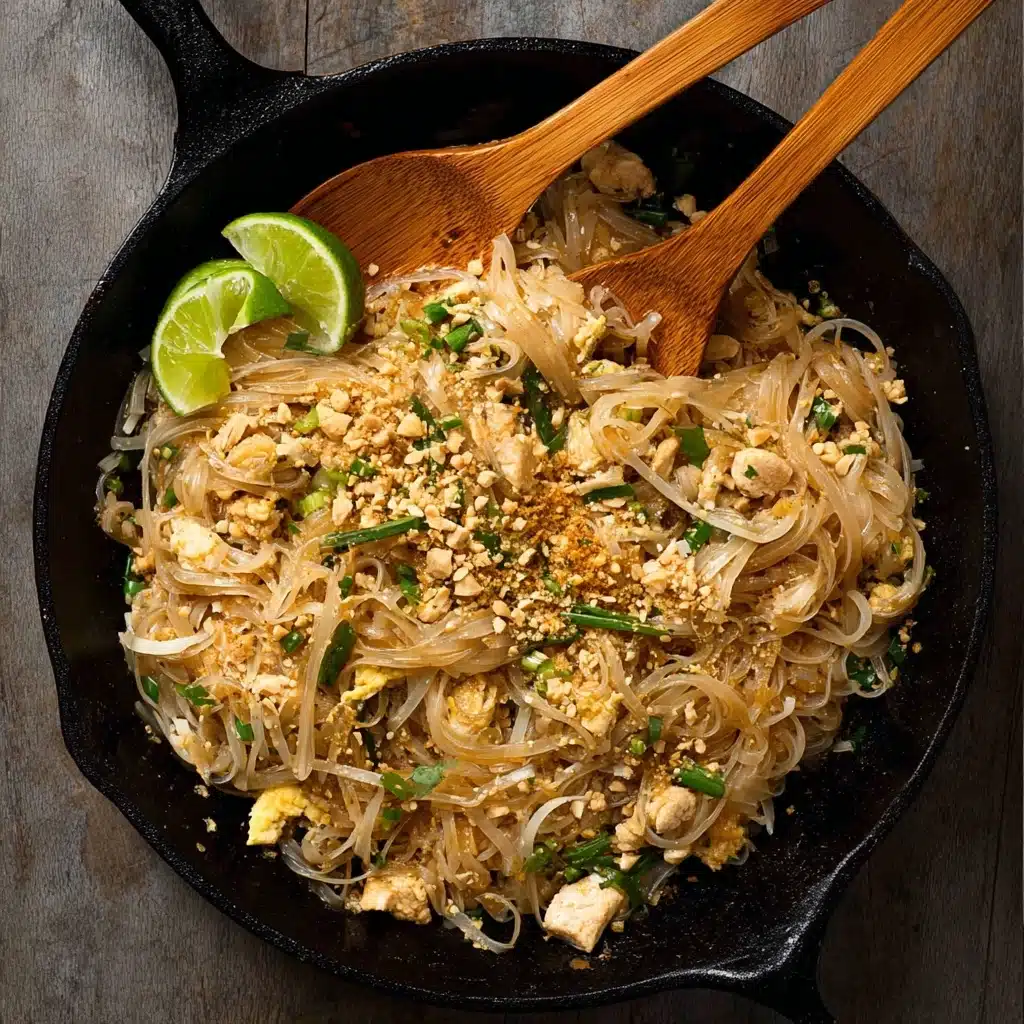
Garnishes
Don’t skimp on the finishing touches—a sprinkle of chopped peanuts, fresh lime wedges, extra bean sprouts, and a touch of ground chili are what transform your Pad Thai into a restaurant-worthy dish. Let everyone add what they like at the table, so every bite is tailored to taste.
Side Dishes
For a Thai feast, serve Pad Thai alongside simple sides like crisp cucumber salad, Thai spring rolls, or a tangy green papaya salad. The noodles are the star, so keep the sides light, fresh, and vibrant to complement the richness.
Creative Ways to Present
Serve Pad Thai in shallow bowls or mound it into banana leaves for extra flair. Or, try piling it high on a platter with little bowls of peanuts, chili, and lime on the side—perfect for sharing at a party or family gathering.
Make Ahead and Storage
Storing Leftovers
If you find yourself with leftover Pad Thai (though that’s rare in my house!), let it cool completely, then store in an airtight container in the fridge. It’ll keep well for up to 3 days and makes a fantastic lunch the next day.
Freezing
Pad Thai isn’t best friends with the freezer—the noodles can lose their texture when thawed. But if you must freeze, wrap individual portions tightly and freeze for up to a month. Thaw overnight in the fridge for best results.
Reheating
To revive Pad Thai, reheat leftovers in a skillet over medium heat, adding a splash of water to loosen the sauce. Microwave works too, just cover and heat gently so the noodles don’t turn rubbery. Don’t forget to freshen things up with a new squeeze of lime and a sprinkle of peanuts!
FAQs
Can I make Pad Thai vegetarian?
Absolutely! Swap the chicken for extra tofu (or add mushrooms) and use soy sauce instead of fish and oyster sauces. You’ll still get loads of umami flavor.
Where can I find tamarind puree?
Asian grocery stores almost always stock tamarind puree, and some well-stocked supermarkets carry it too. Avoid tamarind concentrate—it’s much stronger, so adjust if you have no other option.
What’s the best way to prevent noodles from sticking?
After soaking and draining the noodles, give them a quick rinse under cold water and toss with a tiny bit of oil. That way, they’ll slide apart easily when tossed in the wok.
Can I customize the protein in Pad Thai?
Definitely! Try it with shrimp, pork, beef, or leave it all veggie. Thin slices are key whatever you use, so everything cooks quickly and evenly.
Is Pad Thai spicy?
Pad Thai is typically mild with just a hint of heat, but you can make it spicier by adding more chili flakes or serving with fresh chilies on the side. That way, everyone can tailor the spice level to their taste.
Final Thoughts
Give this Pad Thai recipe a try and you’ll see just how rewarding it is to re-create a Thai classic right in your own kitchen. The aroma, the colors, the flavors—all come together to make every meal memorable. Gather your ingredients, invite some friends, and get ready to watch this dish steal the show!
Print
Pad Thai Recipe
- Total Time: 25 minutes
- Yield: 4 servings
- Diet: Vegetarian
Description
This Pad Thai recipe is a classic Thai dish featuring stir-fried rice noodles with a savory, slightly sweet sauce, tender chicken, tofu, and crunchy peanuts. It’s a delicious and satisfying meal that can be easily made at home!
Ingredients
Noodles:
125 g / 4oz Chang’s Pad Thai dried rice sticks
Sauce:
1 1/2 tbsp tamarind puree, 3 tbsp brown sugar, 2 tbsp fish sauce, 1 1/2 tbsp oyster sauce
Stir-Fry:
2 – 3 tbsp vegetable or canola oil, 1/2 onion (sliced), 2 garlic cloves (finely chopped), 150 g/5oz chicken breast (or thigh, thinly sliced), 2 eggs (lightly whisked), 1 1/2 cups beansprouts, 1/2 cup firm tofu (cut into batons), 1/4 cup garlic chives, 1/4 cup finely chopped peanuts, Lime wedges, Ground chilli or cayenne pepper (optional), More beansprouts
Instructions
- Soak Noodles: Place noodles in a large bowl, pour over boiling water, soak for 5 minutes, drain, and rinse under cold water.
- Mix Sauce: Combine tamarind puree, brown sugar, fish sauce, and oyster sauce in a small bowl.
- Stir-Fry: Heat oil in a pan, cook garlic and onion, add chicken, scramble eggs, then add bean sprouts, tofu, noodles, and Sauce. Toss until absorbed.
- Final Steps: Add garlic chives and peanuts, toss, remove from heat. Serve immediately with lime wedges, peanuts, chilli, and extra beansprouts.
- Prep Time: 15 minutes
- Cook Time: 10 minutes
- Category: Main Course
- Method: Stir-Fry
- Cuisine: Thai
Nutrition
- Serving Size: 1 serving
- Calories: 450
- Sugar: 10g
- Sodium: 900mg
- Fat: 20g
- Saturated Fat: 3g
- Unsaturated Fat: 15g
- Trans Fat: 0g
- Carbohydrates: 40g
- Fiber: 3g
- Protein: 25g
- Cholesterol: 100mg
Keywords: Pad Thai, Thai noodles, stir-fry, chicken, tofu, peanuts

